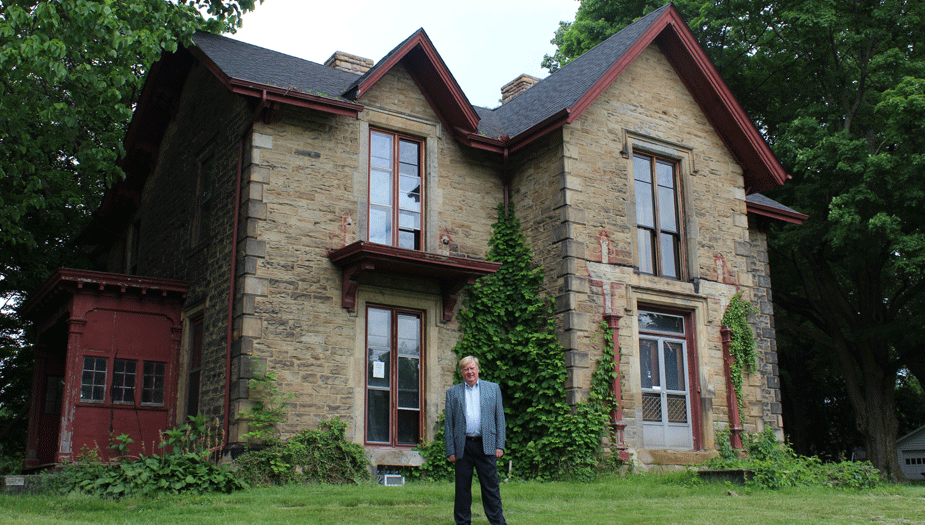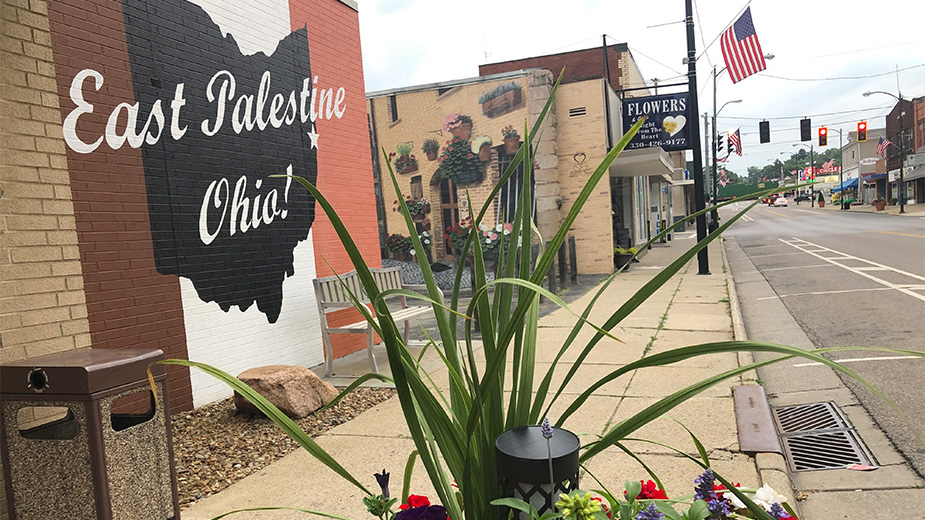Restoring Historic Houses Draws Buyers of All Ages
YOUNGSTOWN, Ohio — Dotted across the region are relics from an age past, when the area flexed its industrial muscle. To show for their efforts, the industrialists and upper echelon of society built grandiose homes, often clustered together in neighborhoods.
As the area bounced back, saving and restoring these houses often became a point of pride, both personal and for communities.
“There’s a saying in architecture: You don’t own historic homes. You pay for the pleasure of being their caretaker,” says Paul Hagman, owner of RBF CoLab, whose portfolio includes several renovations of historic structures. “There’s money that’s invested in them over the years. It’s a choice the homeowner has to make.”
Not all historic houses are move-in ready. Some have sat empty for years or are occupied by owners less interested in preservation. It can take years and thousands of dollars to finish a renovation, even if that process is just modernizing HVAC, electrical systems or fixing up the exterior features.
“It takes a special person,” says Anthony Staph, owner of Castle Realty in New Castle, Pennsylvania. “The average young, growing family I don’t think is looking to buy that.”
The North Hill Historic District in New Castle covers 91 blocks and contains a vast array of architectural styles, including Victorian, Queen Anne, colonial revival and neoclassical.
The owners of many of the single-family houses listed for sale in the district are asking for less than $50,000.
“You take condition into consideration. There’s a wide range of value, from a low price up to over a $100,000 on the high side,” Staph says. “There are some that are beautifully done, where [owners] put a lot of money into and can get a good return on it.”
For buyers, though, Staph says he doesn’t recall ever getting a phone call asking for something specifically in the historic district.
If someone prefers a house there to one elsewhere in the city, he’ll choose it, but Staph says it’s infrequently the deciding factor.
That’s not the case everywhere, though. Across the state line, the South Lincoln Avenue Historic District in Salem regularly has houses on the market, says Harry Hofmeister of Hofmeister Realty & Auction Co.
“There’s been an uptick in demand. The demographics are all over the board. There are younger people in their 30s who watch HGTV and see that it’d be cool [to live in a historic home],” he says. “And then we have the people who grew up in Salem, moved away and are moving back.”
Along one stretch of Lincoln Avenue, capped by Pershing Street on the north end and Summit Street on the south, are more than 100 buildings showcasing the Victorian and Federal styles. These historic houses, however, aren’t limited to the district. They’re scattered throughout the city and even outside city limits.
At the end of May, Hofmeister had three houses for sale in the historic district, ranging from $138,900 – an interior renovation needs to be completed – to $255,000. Other houses in the district have recently been sold for just below $200,000.
“The amount of square footage you can get in an old home versus new. There’s no comparison,” he says of the appeal of century-old houses.
The house listed for $255,000, 849 S. Lincoln Ave., is 2,614 square feet, while the cheapest of the three has 3,520.
“That might be No. 1, but then there are the … architectural features in the Victorian and pre-Victorian homes that you just can’t find today. I won’t say [the craftsmanship] is gone, but it’s very expensive to duplicate,” he continues.
Re-creating those features is where owning such houses can get costly, Hagman says, adding that it’s hard to pin down prices for such projects because of the vast array of approaches homeowners can take.
“If you need to replicate a wooden corbel, for example, you can find a craftsman to tool it. But there’s differences [in cost] between white oak and red oak,” he says. “There’s such a wide range.”
For those looking for references on how to renovate the exterior of their houses in a historically accurate manner, Hagman recommends reading The Field Guide to American Houses by Virginia McAleter and Get Your House Right by Marianne Cusato, the latter of which delves into technical details of design.
Then, there’s the structure of the house that comes into play for noncosmetic work, such as revamping electrical systems or adding air conditioning.
“In older homes, especially in the 1800s, there are a lot of local and regional carpenters that built things certain ways,” he explains. “A lot were self-taught or from New England and moved here. The big challenge is understanding what they brought with them and working backwards from there. You just don’t know the construction methodology.”
One of the biggest challenges owners of century-old houses need to wrap their heads around, the architect says, is the considerable ambiguity in planning.
Often, concrete plans don’t come together until well after work has started.
And that can be off-putting to homebuyers, especially when they’re paying $100,000-plus for a house.
“[The ambiguity, for me] is the fun part but it’s also frustrating,” Hagman says. “Most people want to know, with certainty, what they’ll have at the end of the day and how much it’ll cost them.”
Pictured above: Harry Hofmeister says the listing price is $138,900 for this vacant historic house at 1175 S. Lincoln Ave. in Salem.
Copyright 2024 The Business Journal, Youngstown, Ohio.



